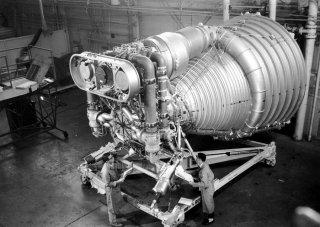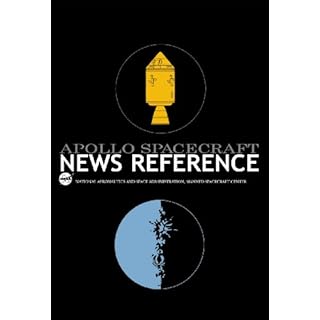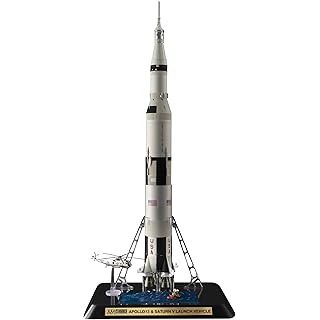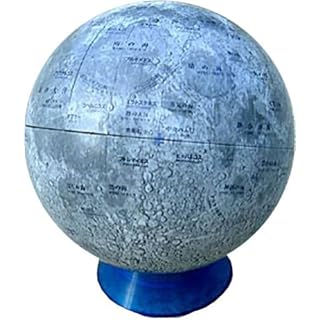F1 Engine
- Width : 12ft 4in (3.76m)
- Length : 19ft (5.79m)
- Thrust(sea level) : 1,500,000lb (680.39ton)
- Rated run duration : 150sec.
- Manufacturer : North American Rockwell Corp., Rocketdyne Div. Canoga Park, Calif.
This engine is fueled by RP-1 (kerosene) and liquid oxygen. Five engines mounted to the first stage (S-IC) produces a thrust of 7,500,000 pounds in total. Center engine is fixed, the other four are mounted on gimbals, can change the direction of 6 degrees around X-axis and Z axis. Thrust updated to 1,522,000lb(690.36ton) for SA-504 and later mission.


Drawings
Related books and videos
-
The Saturn V F-1 Engine: Powering Apollo into History

Springer Praxis Books November 25, 2008 USD59.95
The author provides good descriptions of engine components and manufacturing and the contributions that Rocketdyne, Boeing, and the NASA Marshall Space Flight Center made to the F-1. The book also covers engine testing, the first Saturn V stage, and the Apollo launches. … The book contains 32 excellently printed full-page color photographs and numerous black-and-white photos and diagrams. An important contribution to the history of technology and the history of space exploration. Summing Up: Highly recommended. All collections.
-
Rocketdyne: Powering Humans into Space

AIAA Education November 30, 2005 USD39.95
No one had written an overall history of Rocketdyne - the professional historians said there was not enough preserved documentation for them to write a proper history book - so I determined to visit key survivors of the glory days of Rocketdyne to record their memories, add my own insight as a member of the team, and preserve the history of how large liquid propellant rocket engines evolved at Rocketdyne and why the team was so successful.
-
Stages to Saturn: A Technological History of the Apollo/Saturn Launch Vehicles

University Press of Florida September 19, 2003 USD39.95
A classic study of the moon rocket that launched the Apollo astronauts on their voyages of discovery."?Roger Launius, chief historian, National Air and Space Museum"This volume is just one of the many excellent histories produced by government and contract historians for the NASA History Office. . . . Roger Bilstein gracefully wends his way through a maze of technical documentation to reveal the important themes of this story. Rarely has such a nuts-and-bolts tale been so gracefully told.




















